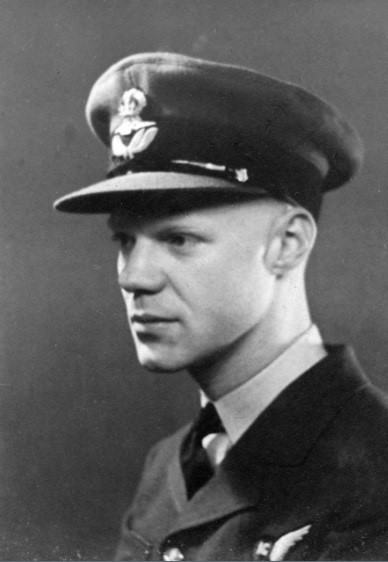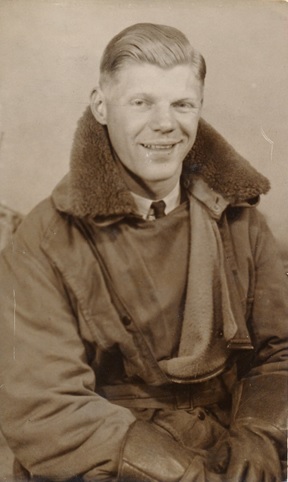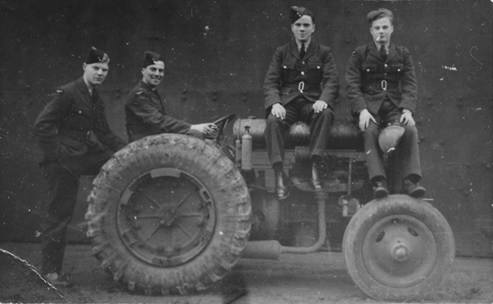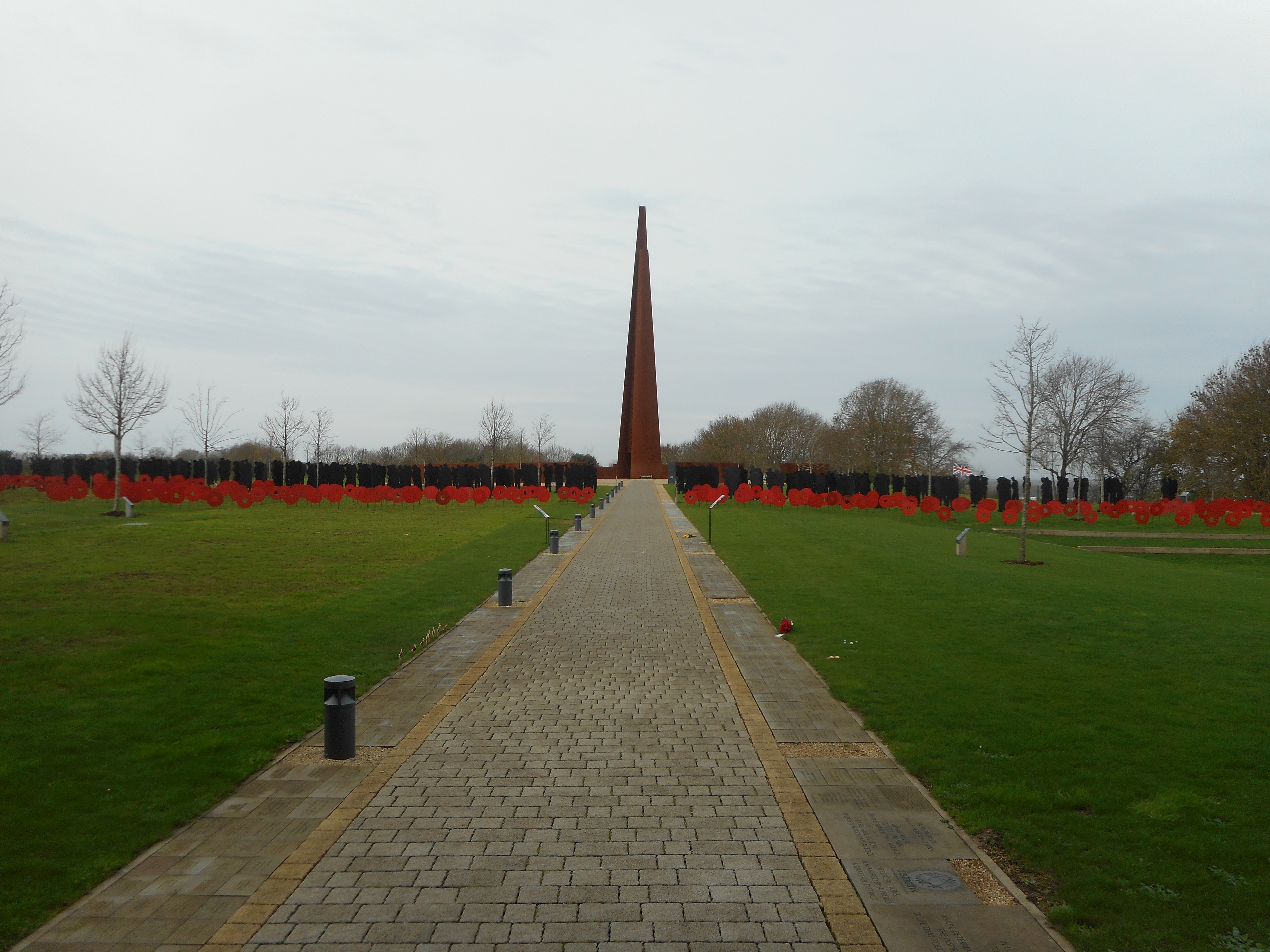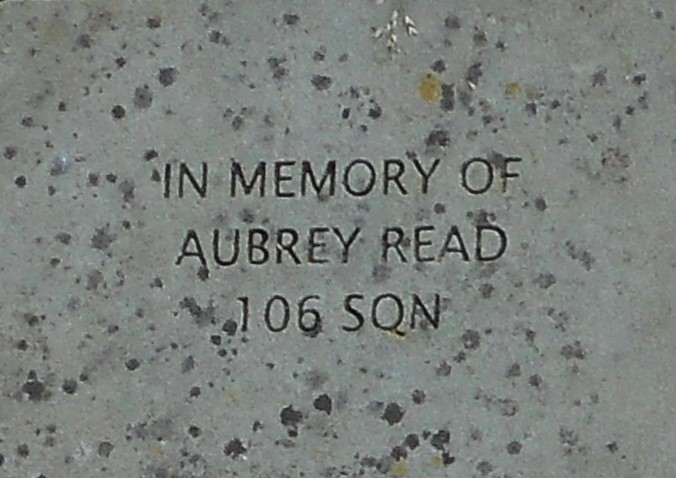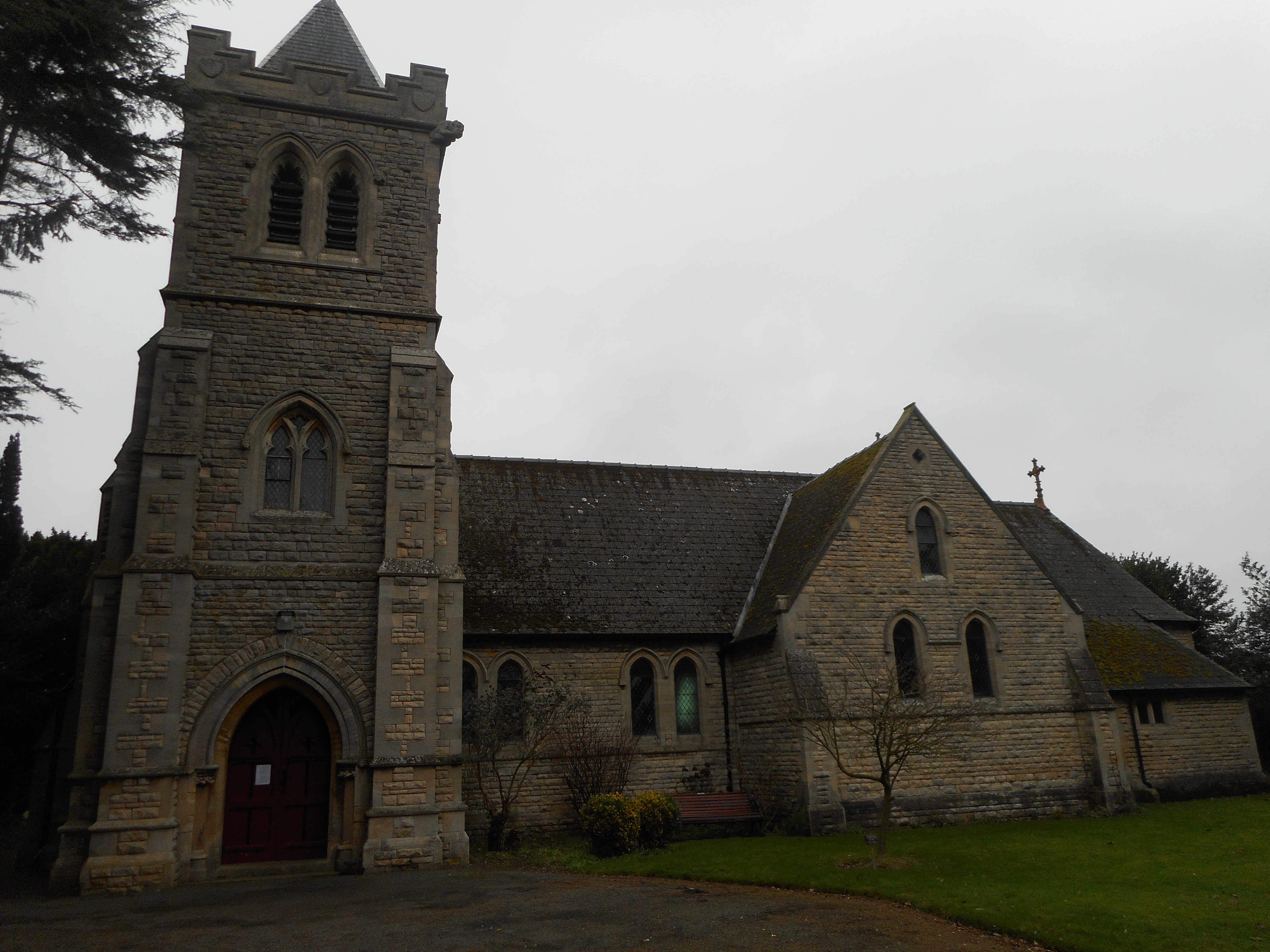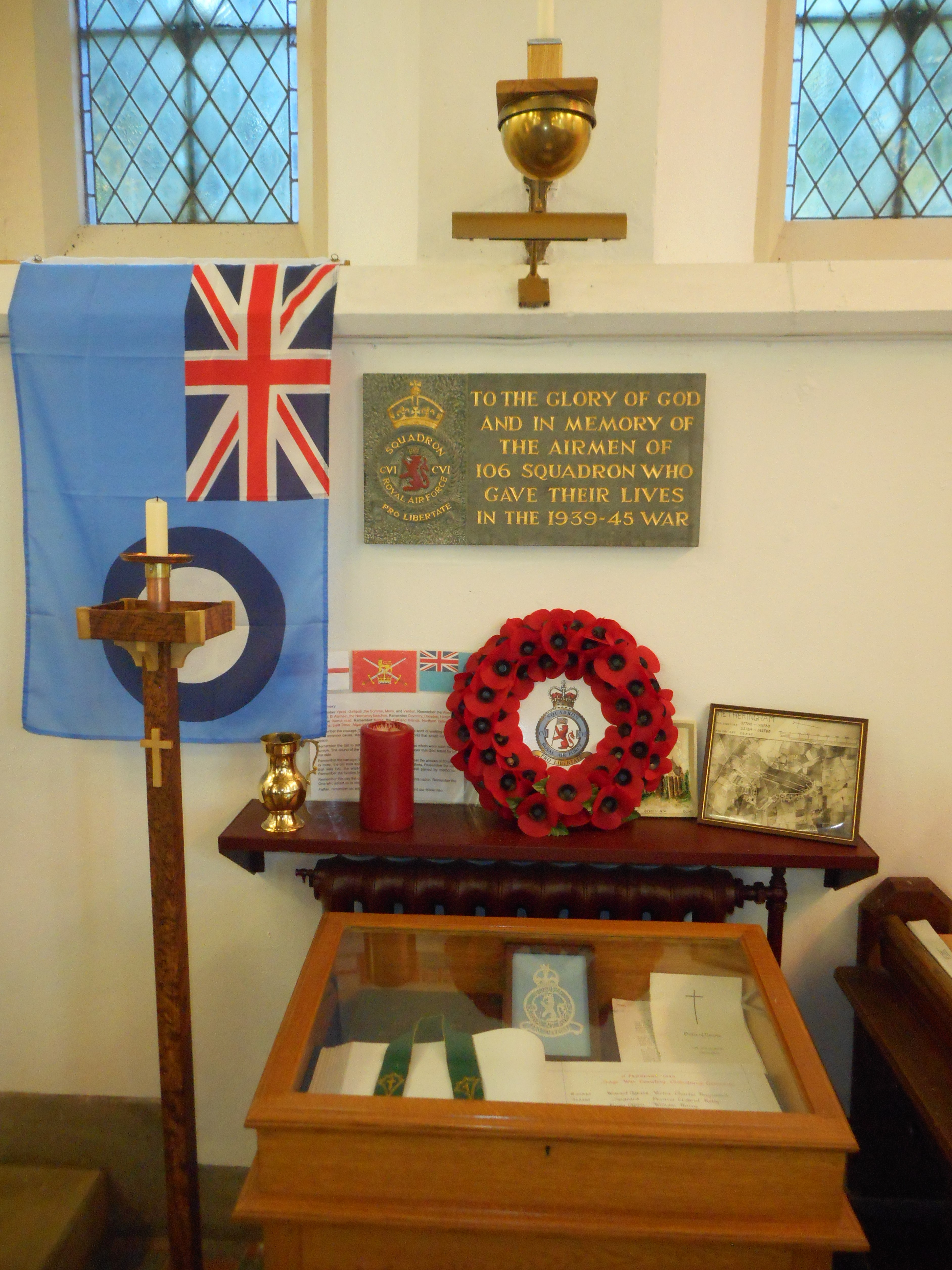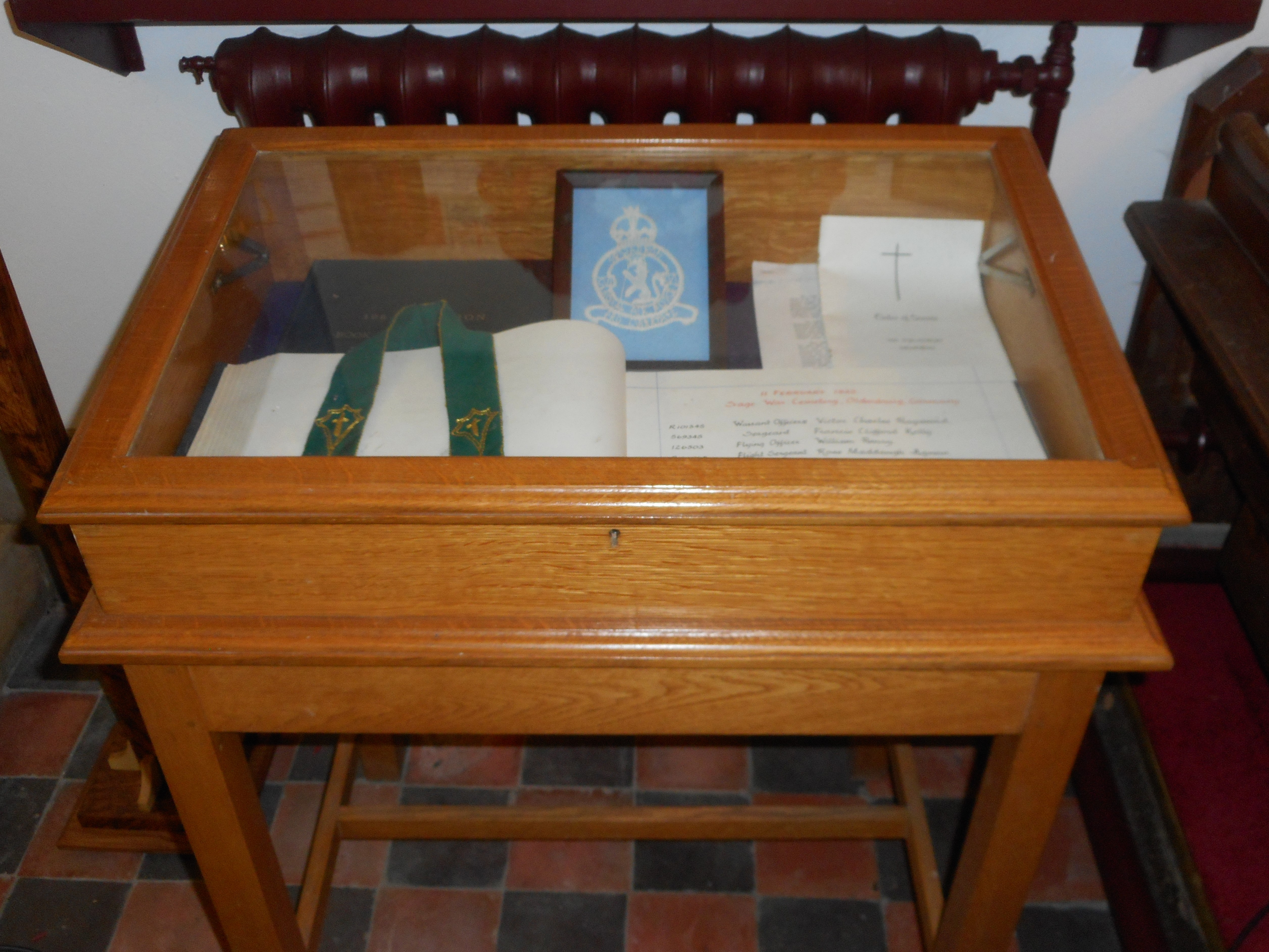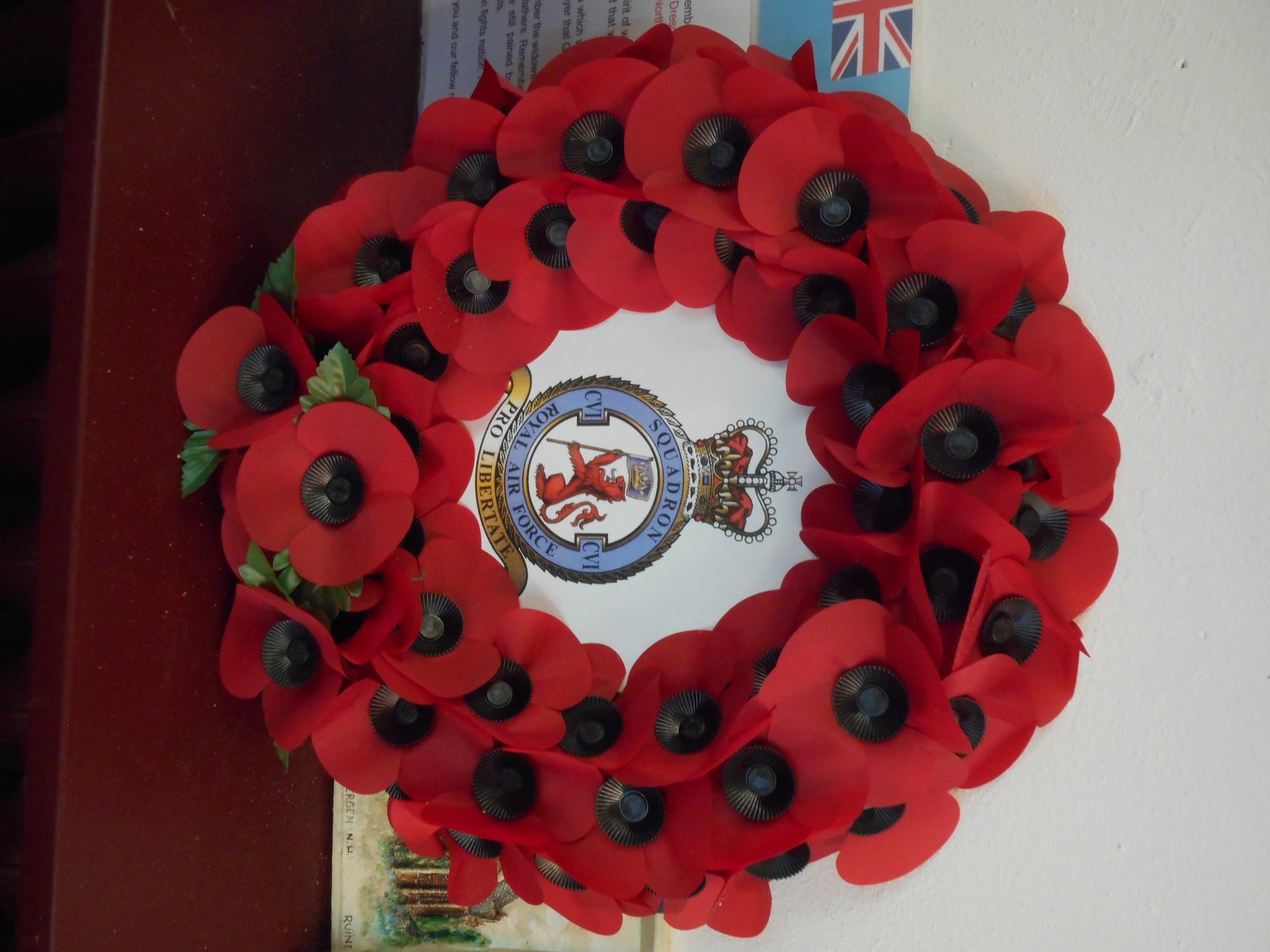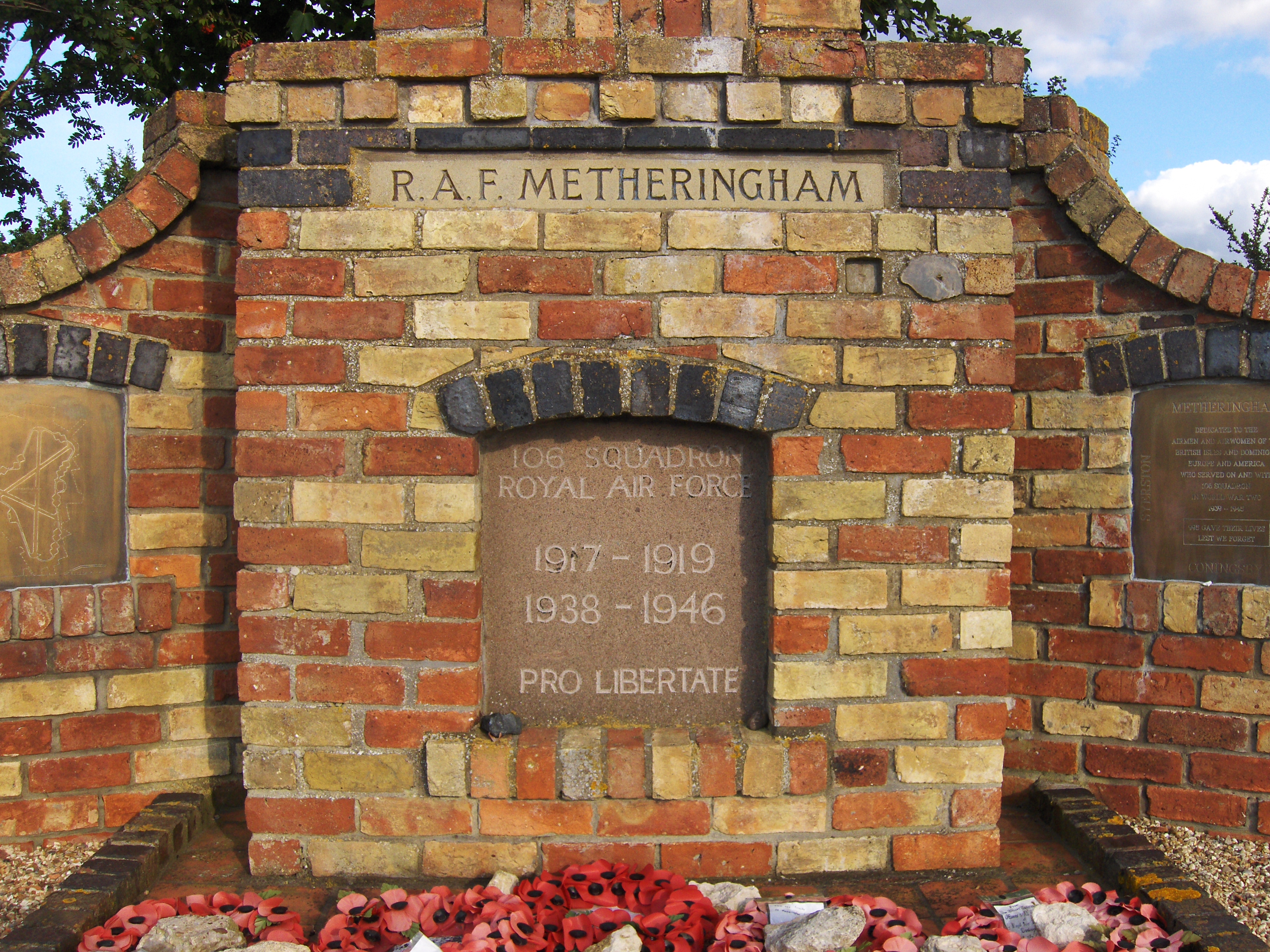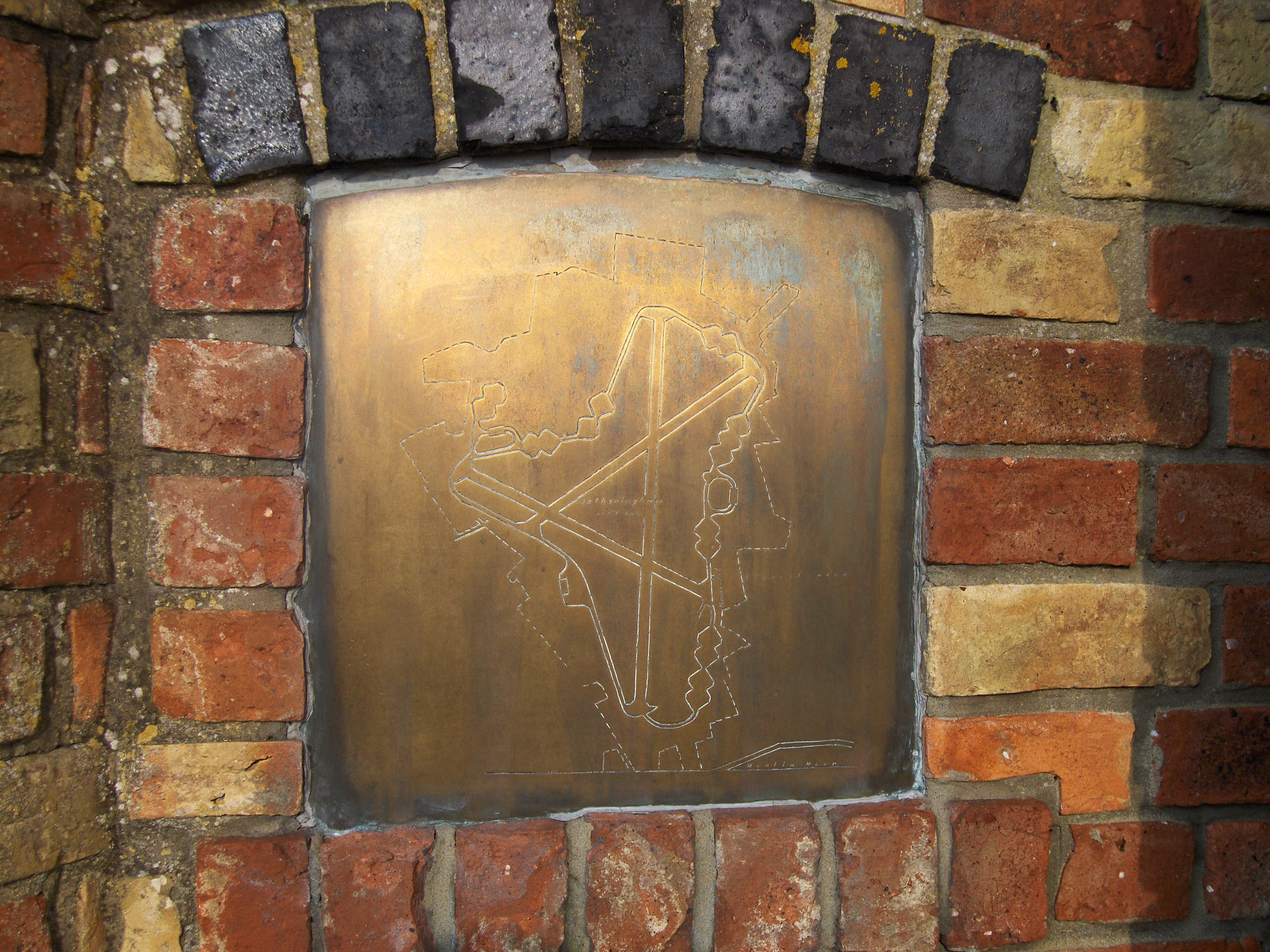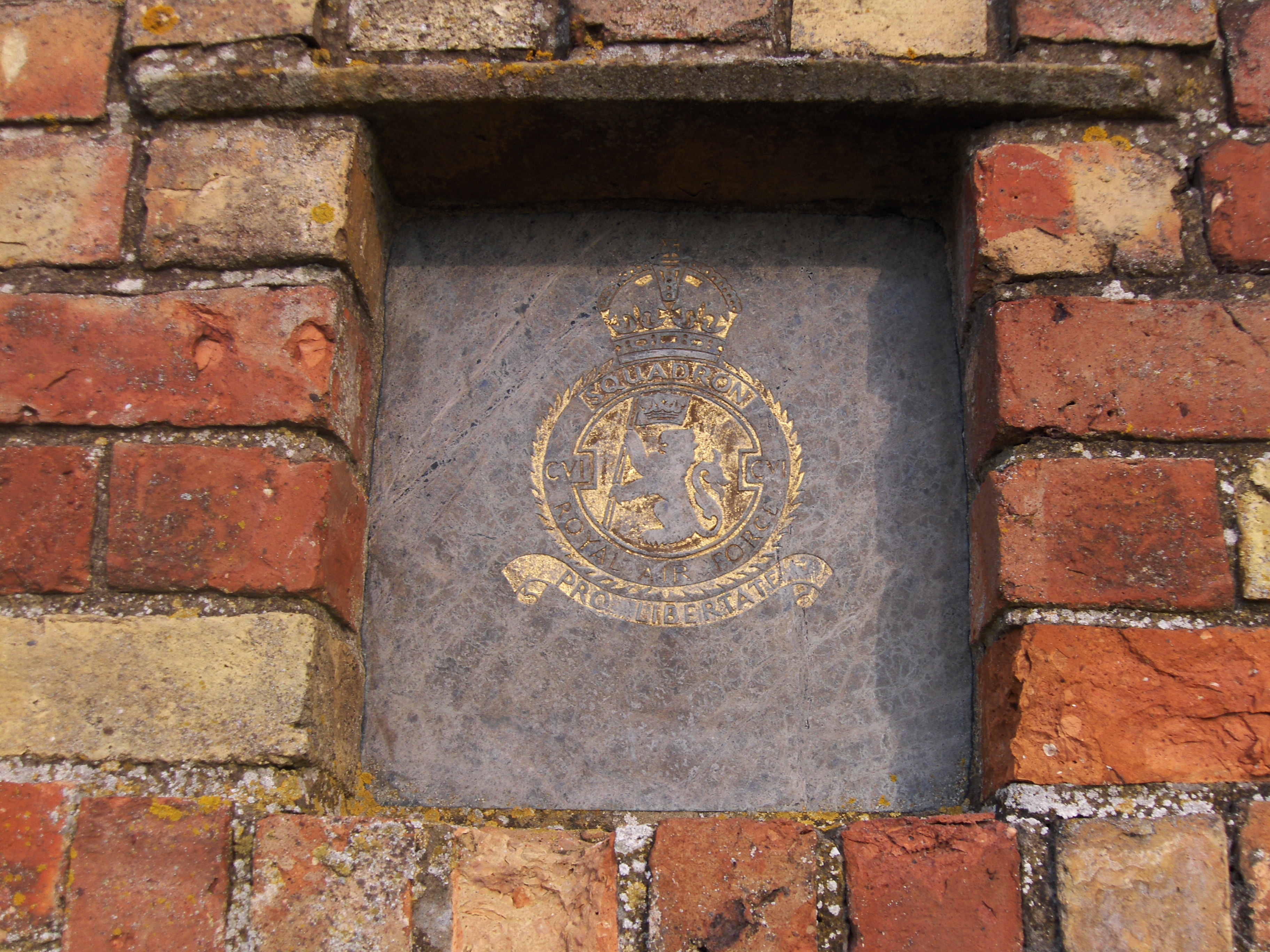Read, Aubrey William
Personal Information
| Rank | F/O |
| Forename(s) | Aubrey William |
| Surname | Read |
| Gender | M |
| Age | 23 |
| Date of Death | 26-11-1943 |
| Next of Kin | Son of Charles William and Mary Read, of Lincoln. |
Aircraft Information
| Aircraft | Avro Lancaster III |
| Serial Number | JB592 |
| Markings | ZN-W |
Memorial Information
| Burial/Memorial Country | Germany |
| Burial/Memorial Place | Durnbach War Cemetery |
| Grave Reference | Coll. grave 1. B. 9-12. |
| Epitaph | I BARE YOU ON EAGLES' WINGS, AND BROUGHT YOU UNTO MYSELF" EXODUS XIX. 4 |
| Ribbon Stone | 0012 (Block 1, Column 4, Row 1) |
IBCC Memorial Information
| Phase | 1 |
| Panel Number | 88 |
Enlistment Information
| Service Number | 50611 |
| Service | Royal Air Force Volunteer Reserve |
| Group | 5 |
| Squadron | 106 |
| Squadron Motto | Pro libertate (For freedom) |
| Trade | Wireless Operator |
| Country of Origin | United Kingdom |
Other Memorials
| Location | International Bomber Command Centre, Canwick Avenue, Lincoln LN4 2HQ |
| Country | United Kingdom |
| Memorial Type | Inscribed stone tablet |
| Memorial Text | In memory of Aubrey Read 106 Sqn |
| Location | Holy Trinity Church, Martin, Lincolnshire |
| Country | United Kingdom |
| Memorial Type | Inscribed Stone Tablet & Roll of Honour in Wooden Case |
| Memorial Text | To the memory of the Airmen of 106 Sqn who gave their lives in the 1939-45 War |
| Location | Former Airfield Site, Martin Moor, Lincolnshire |
| Country | United Kingdom |
| Memorial Type | Brick moument with inscribed Slate Tablets & Plaques |
| Memorial Text | Dedicated to the airmen and airwomen who served on 106 Sqn in WW2. 995 gave their lives |
Miscellaneous Information
| Aubrey was born in Lincoln on 9 September 1920. His first job was as a sales clerk at the Clayton Dewandre Titanic Works in Lincoln. On June 7 1937, aged 16, he enlisted in the Territorial Army as a Bandsman with the Lincolnshire Regiment, playing the clarinet and saxophone. In November 1938 (just turned 18) he enlisted in the RAF, joining the Cranwell College Band. One of his references was from the Bandmaster of the Lincolnshire Regiment, who wrote: “I am pleased to say that he is the most promising pupil I have ever had”. When war was declared Aubrey volunteered for aircrew and in February 1941 he was passed as medically fit for service by Air Support Command in Blackpool. From September to November 1942 he trained as a wireless operator at No. 2 Signals School at RAF Yatesbury, and from November 1942 to January 1943 he trained as an Air Gunner at No. 10 Air Gunnery School, RAF Walney, Barrow in Furness. |
| Once a qualified Wireless Operator/Air Gunner, Aubrey joined 106 Squadron in June 1943 at RAF Syerston, and completed a total of 24 night operations, including raids on Cologne (June 16: a logbook note says “M/U Gunner U/S (frostbite)”), Hamburg (four times, on 2 August he noted: “heavy electrical storm over target area - returned on 3 engines”), Milan (twice, each trip taking over eight hours) and the Peenemunde V-weapons base (17 August). Aubrey’s sister Bunty remembered how he reassured his anxious parents by describing his pilot Flying Officer Jacques Hoboken: “Don’t worry, Hobo can get us out of anything”. |
| During a raid on Kassel on 22 October Aubrey’s Lancaster was attacked twice by night fighters, several members of the crew were wounded and the aircraft “badly crippled”. With one fin and rudder shot away, no hydraulics or intercom, two punctured tyres, two turrets inoperable and only three engines working, they made their way back home, only to find they were unable to land at Syerston because of bad weather. The squadron record book records that eventually F/O Hoboken “executed a masterly landing” at an alternative airfield. It took more than an hour for the rear gunner to be cut free from his turret. For the “courage, resolution and devotion to duty of the highest order” displayed in “circumstances fraught with great danger” Hobo was awarded the DFC, and Flight Engineer Sgt. George Lucas the DFM. In spite of that experience, the crew joined Bomber Command’s efforts targeting Berlin the following month, flying from the squadron’s new base at RAF Metheringham. They undertook three operations in quick succession on the 22nd, 23rd and 26th and it seems that Aubrey did not have time to record them in his logbook. The final entry on 26 November- his 25th operation- simply states “Bombing - Berlin. Failed to return”. It was eventually confirmed that their Lancaster had crashed at Gross-Karben, 11 miles north of Frankfurt. W/C Baxter, 106 Squadron Commanding Officer, wrote to Aubrey’s parents expressing his deep sympathy, and commented: “He was a Wireless Operator of considerable ability and I know his Captain placed the greatest reliance in his work”. |
IBCC Digital Archive
Commonwealth War Graves Commission
The National Archives
| Record of Events (Operational Record Book) AIR 27/833/22 |
| Summary of Events (Operational Record Book) AIR 27/833/21 |
Fellow Servicemen
Please note that this list gives all the losses aboard the quoted aircraft and occasionally these may have occurred on an earlier date when the aircraft was not itself lost. Please check the dates of death carefully.
Last Operation Information
| Start Date | 26-11-1943 |
| End Date | 27-11-1943 |
| Takeoff Station | Metheringham |
| Day/Night Raid | Night (1% moon) |
| Operation | Berlin |
| Reason for Loss | Shot down over Germany, crashing at Gross-Karben, south of Berlin |
